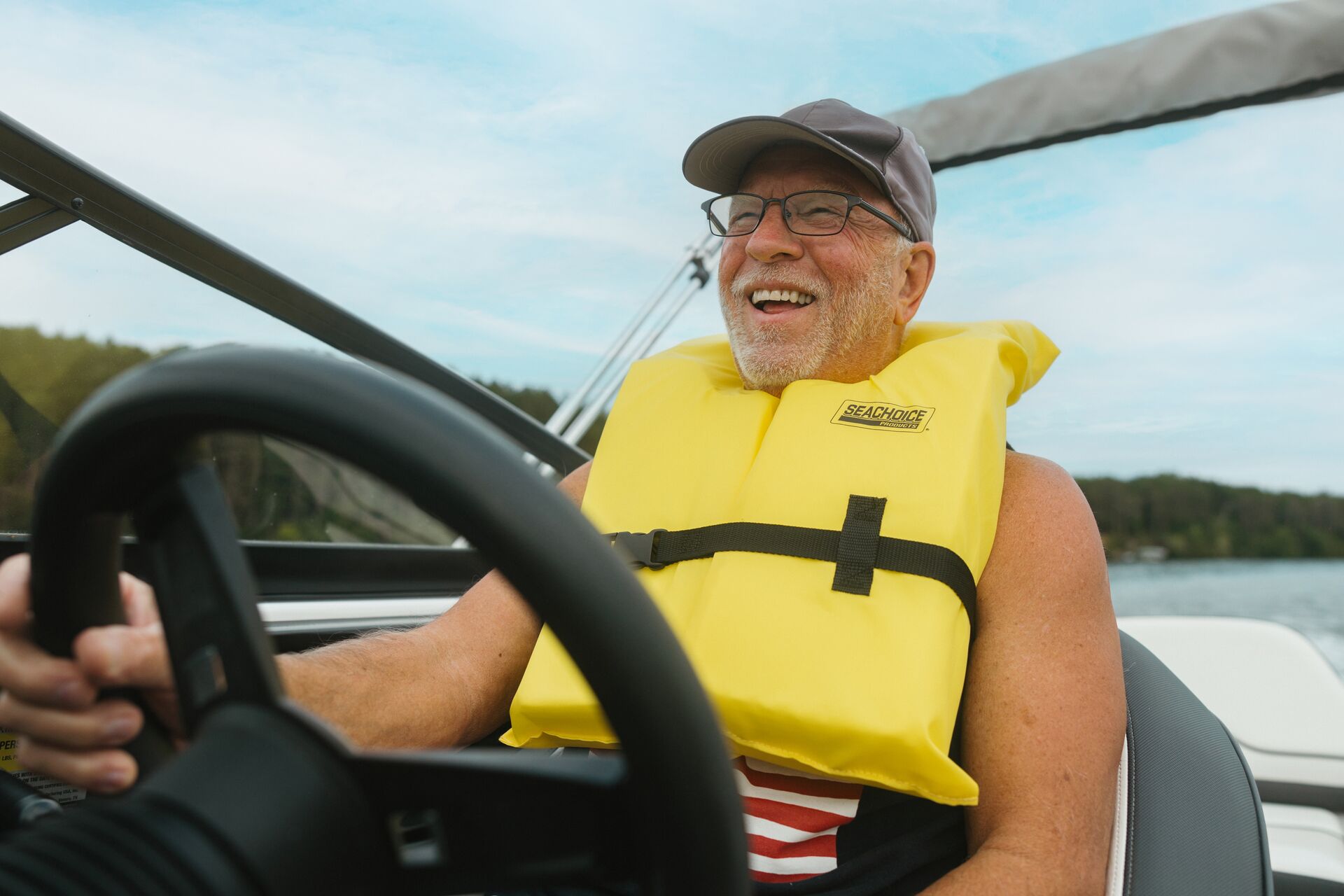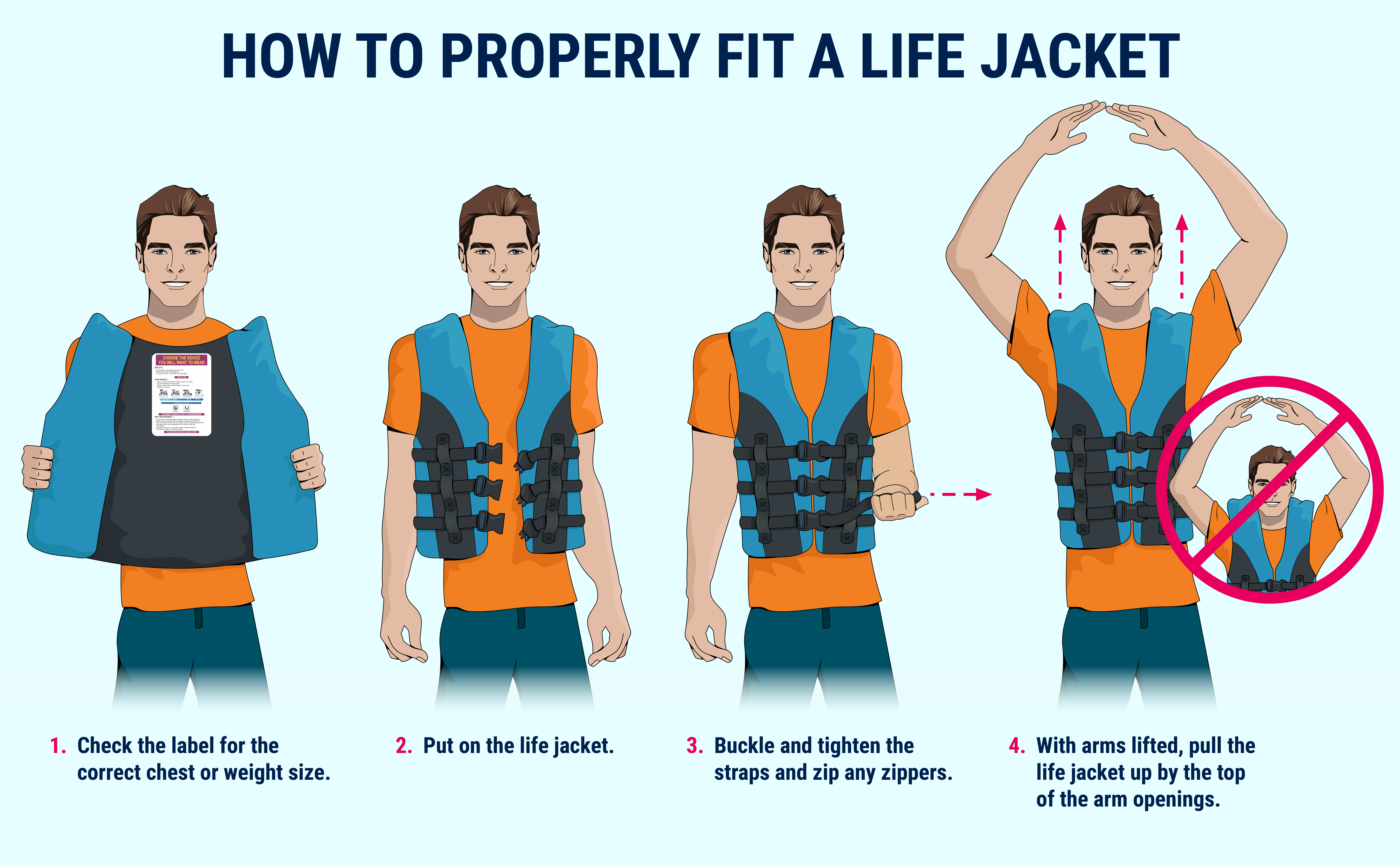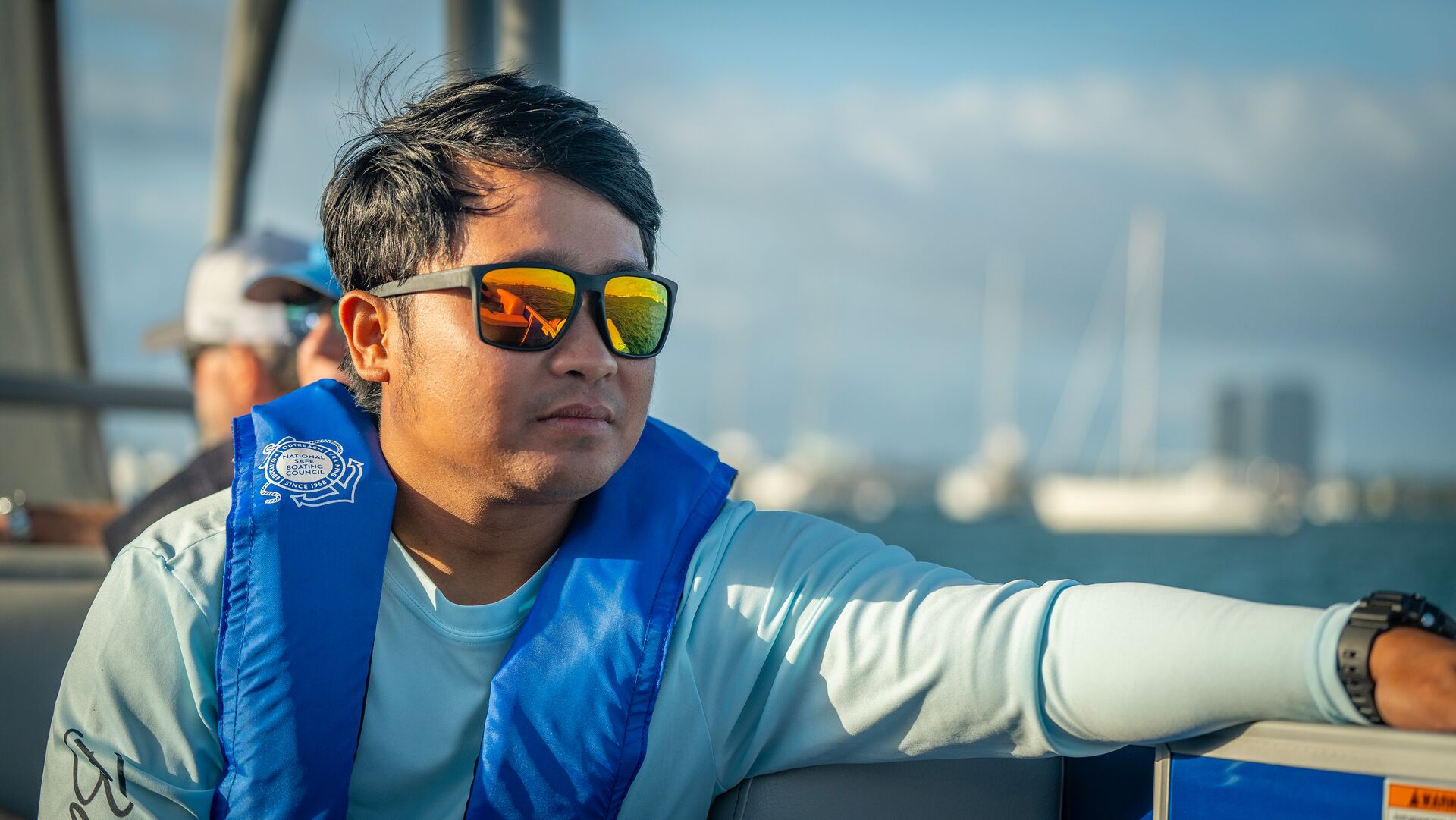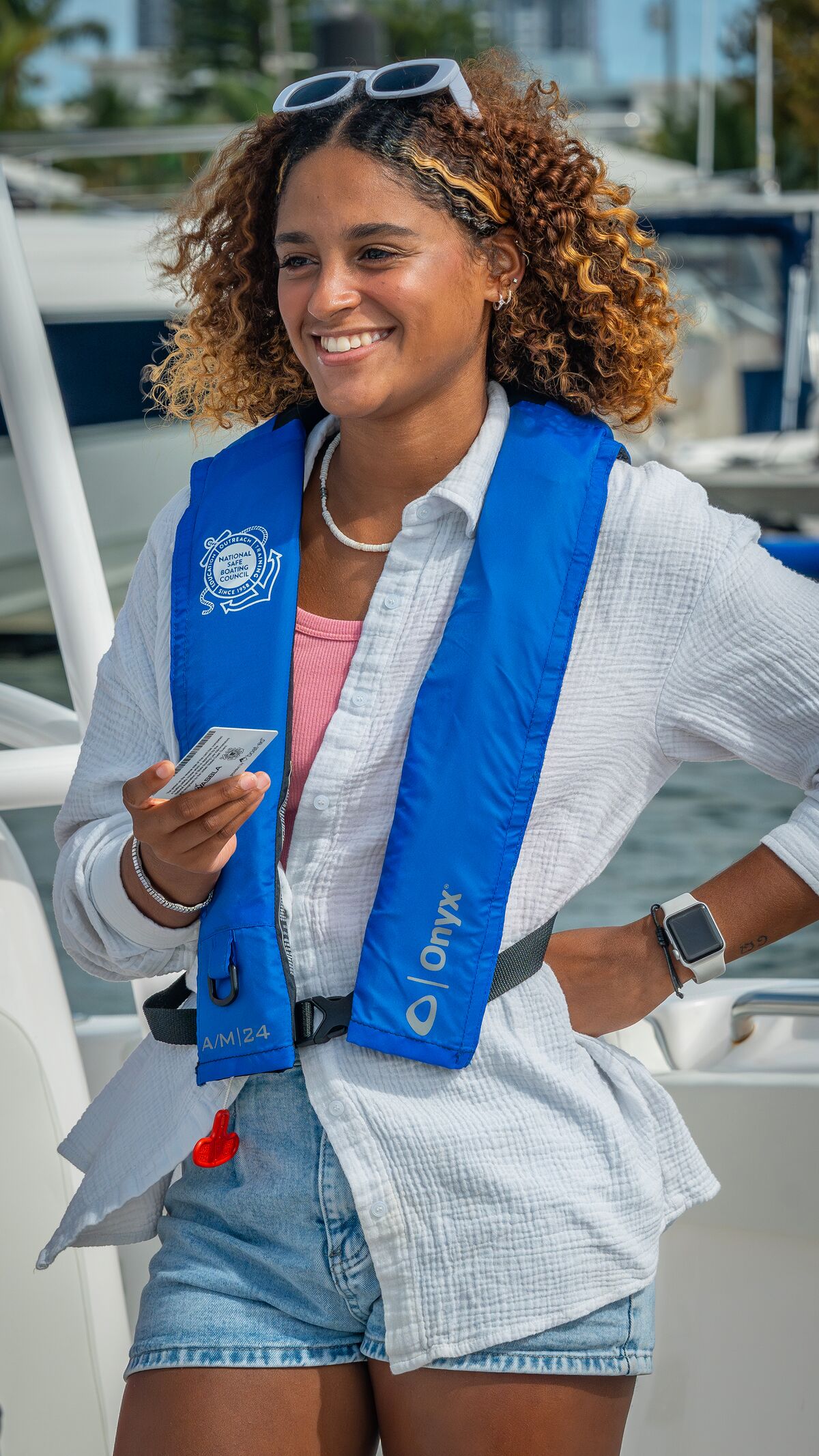How Should a Life Jacket Fit?

Just like your child or infant needs a well-fitting life jacket, you do, too! Everyone who enjoys boating or water activities should wear a life jacket when on the water.
Personal flotation devices (or PFDs or life jackets) can save lives, but if you don't have one that fits, you're at risk of failing to keep you afloat or turn you upright in the water as it should.
So, how should a life jacket fit? Keep reading to learn about choosing a life jacket and how to make sure you have one that fits properly.

Comfortable, Yet Snug
Life jackets are a crucial part of your boating safety equipment.
A PFD should be comfortable to wear and have a proper fit; it should not ride up higher than the ears or mouth of the wearer.
Remember: If it's not comfortable, you won't want to wear it. So, don't underestimate the importance of being comfortable when wearing your life jacket, especially if you'll need to wear it for long periods of time.
However, "comfort" should not be mistaken for "loose." Your life jacket must fit snugly to ensure it doesn't float off of you when submerged in water.

How to Make Sure Your Life Jacket Fit is Correct
So, how can you be sure you have a life jacket that fits correctly (and is comfortable)?
To ensure a PFD fits properly, follow these steps.
- Choose a jacket based on the sizing label that best fits your size.
- Once your PFD is on, adjust the straps to get a snug fit. If the PFD will not adjust to fit snugly, it is too big.
- Once you have a snug fit, get into the water to see if the PFD will hold your weight. This step should always be tested in shallow water.
- Once you are in the water, bring your knees to your chest so that you are floating. If the PFD supports your weight and has stayed around your chest, you have a good fit.
When choosing a life jacket, make sure it's also the right type for the activities you plan to do on or in the water. Not all PFDs are ideal for all activities.

Tips for Life Jacket Use
We recommend that everyone on a boat always wear a PFD on the water. If you are not wearing a PFD, be sure it is within reach in the event of an emergency.
Additionally, make sure all throwable devices are unwrapped, tested, and easily accessible.
Before the start of every boating season, check your personal flotation devices for rips and tears, and make sure all straps and hardware are working properly before going out on the water. If you find any damage, discard and replace the PFD immediately.
To get the longest life out of your PFD:
- Never use it for anything other than its intended purpose. These devices are not seat cushions or fenders for your boat when docking.
- If it needs to be cleaned, hand-wash the PFD with mild soap and running water only.
- Always air-dry the device, but avoid placing it in direct sunlight —do not expose it to direct heat sources.
Never use life jackets with rips, tears, or straps and fasteners that don't work. Take good care of your jackets after every season and store them in a dry place to get more use out of them.

Learn More About Life Jackets and Boat Safety with ilearntoboat
We've covered some important information about ensuring your life jacket fit will keep you afloat in the water — but that's not all you need to know! Life jackets come in different "types," and not all types are ideal for every activity. Boaters also need to know the regulations for wearing PFDs to stay safe and legal.
The best place to learn more about life jackets and boating safety is by taking an online boating education course through ilearntoboat! Our gamified learning experience makes it fun and easy to learn about staying safe on the water. Plus, our courses meet state requirements for boating education when required to get a boating license.
So, make sure you have the knowledge you need to keep yourself (and others) safe when boating! Choose the course for your state and start learning.
First published in February 2021. Content most recently reviewed and updated for accuracy and relevancy October 4, 2024.



